God created man, the Dutch windmill created the land
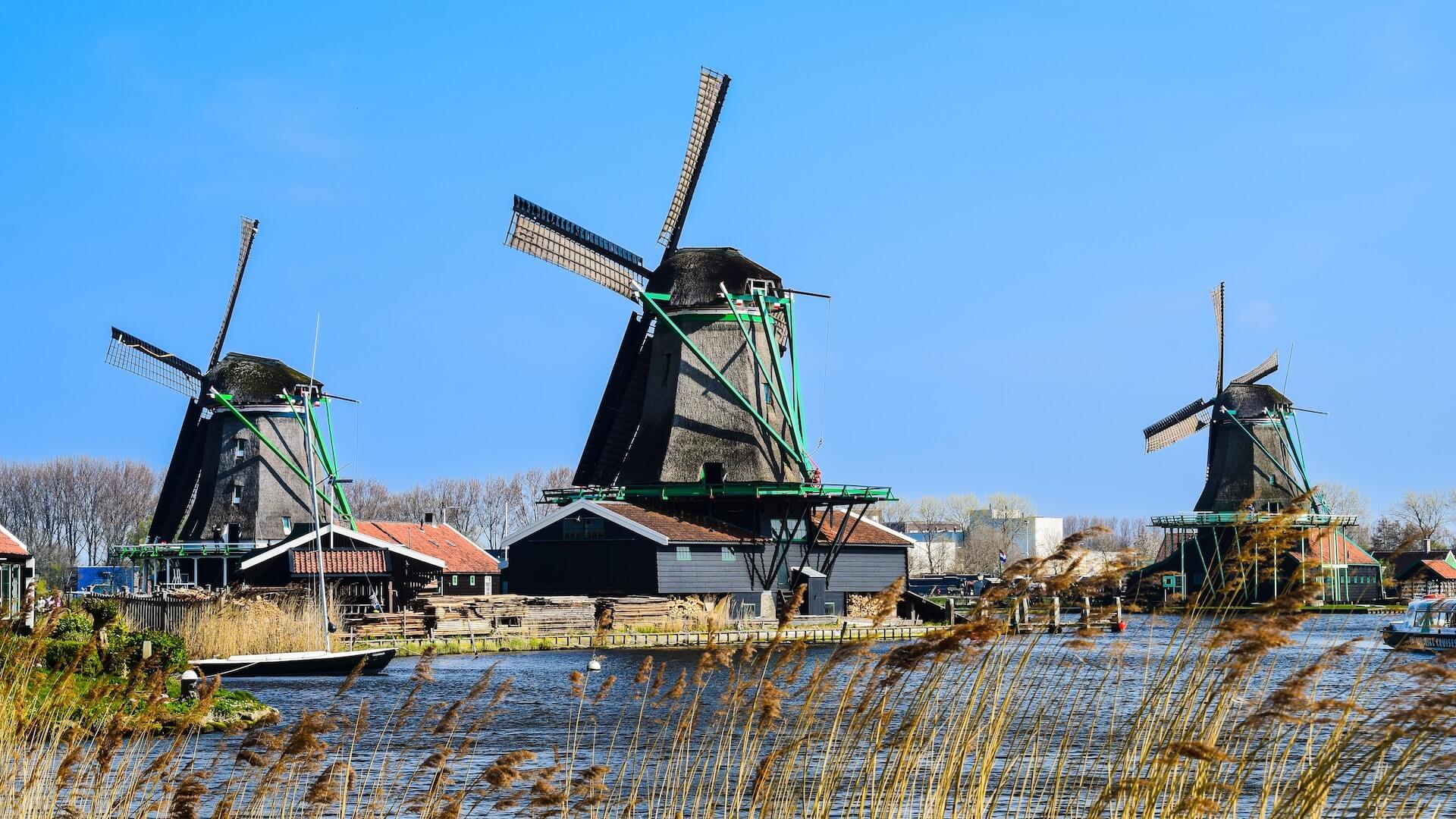
The Netherlands has three treasures: windmills, wooden shoes, and tulips. When you are in Holland, windmills are a must see. For the small area, heavy flooding of the country, the non-stop rotation of the blades, turning out of the most precious land, is the hope of people to survive, but also the wisdom and creativity of the Dutch working people, so early Europe had a saying: "God created man, the Dutch windmill created the land."
The Netherlands is a "low-lying country" by the sea, a quarter of the land is below sea level, and a quarter of the land is less than 1 meter above sea level. Because of the low terrain, many rivers in Europe flow through the Netherlands into the sea, including the Rhine, the first river in Europe, which makes half of the early Netherlands submerged in water.
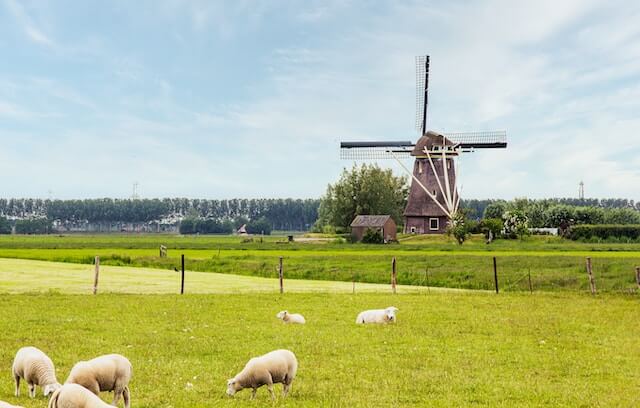
Although the Dutch began to solve the drainage problem by digging canals from the thirteenth century, the typical temperate maritime climate made the Netherlands abundant precipitation throughout the year, and for areas with low topography, the water from heavy rainfall was difficult to drain into the rivers.
It is such conditions that prompted the Dutch to invent the windmill drainage method more than 700 years ago. It is no exaggeration to say that if there were no windmills, there might not really be the Netherlands today.
The Netherlands is dotted with windmills, but there are usually two places to see them on a large scale: one is ZaanseSchans, 18 kilometers north of the capital Amsterdam, and the other is Kinderdijk, 15 kilometers east of Rotterdam.
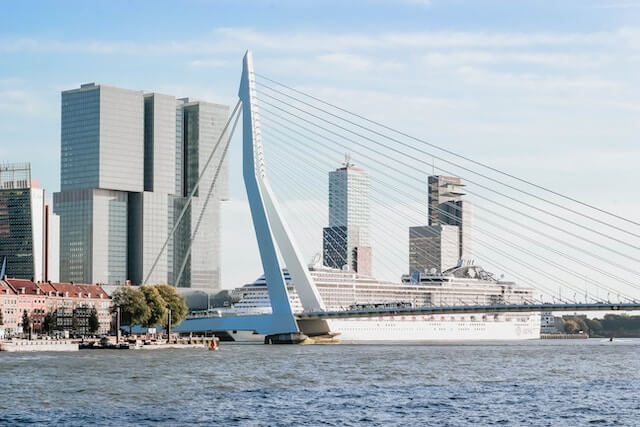
As the second largest city in the Netherlands and the first port in Europe, Rotterdam is an important port connecting Europe, the United States, Asia, Africa and Australia, and is known as the "Gateway to Europe". But like Amsterdam, the capital of the Netherlands, it was a small fishing village in the 13th century, and because of frequent floods, the locals built the Dam on the River Rotterdam, hence its name.
Kinderdijk is located in a delta at the confluence of the Lek and Noord, where the two rivers meet to form the New Maas. Although it is farther from the sea than Rotterdam, it is low-lying, flat and windy, and whenever it rains, the rain will flood the surface and the farmers' polder fields will suffer. And if it rained heavily in the surrounding areas, the area would be devastated.
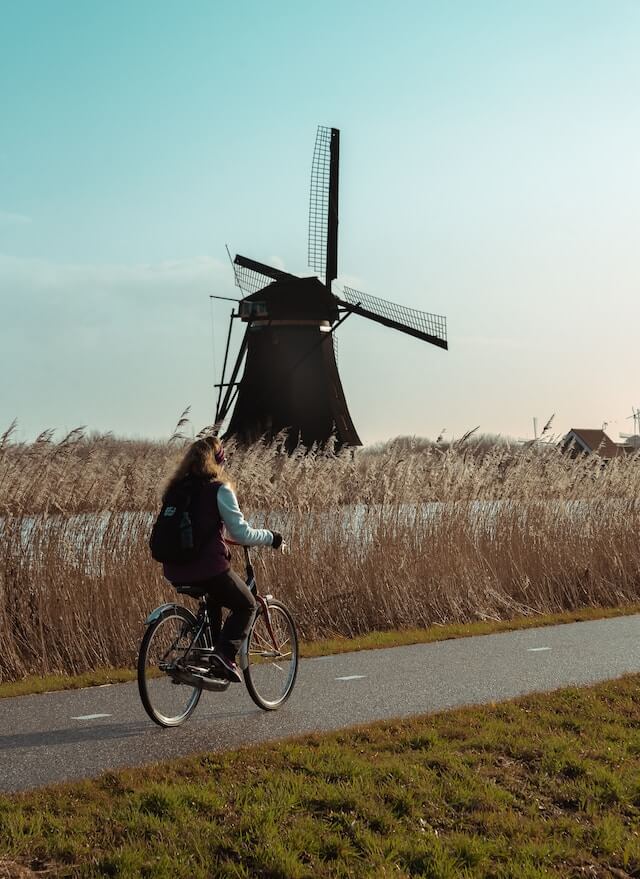
Therefore, from the 17th to the 18th century, 19 windmills were built here to provide natural power for the windmills by the constant sea and land breeze, which pushed the wheels to drain the water from the polders to the artificial river, then to the water storage area, and finally to the river.
In times of drought, the water from the storage area can also be irrigated back into the polder. Nowadays, this is the oldest windmill village in the Netherlands, and these 19 windmills are also listed in the World Heritage List, so the windmills are not only the most representative landscape of the Netherlands, but also a testimony of Dutch history and culture.
Among these 19 windmills, 2 and an engine room are accessible inside and require a ticket (9€/adult), but if you just look outside, it is completely free to hike, rent a bike, or pay 6€ to enjoy a boat ride along the water storage river.
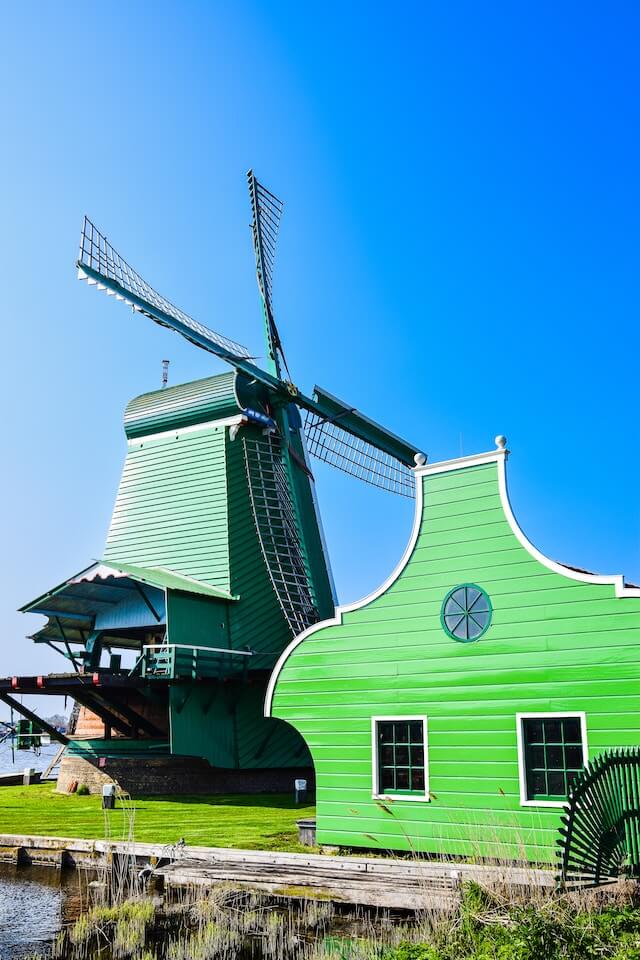
In 1229, the Dutch, who had been fighting with water for centuries, invented the world's first windmill, which of course was later used as a mill to grind grain, extract oil, saw logs into trusses and boards, make paper, etc. This also had a great significance for the Dutch economy.
Dutch windmills are particularly large, a windmill is a windmill tower house, as high as three or four stories, which is inhabited by people. The four rectangular wings of the windmill are mounted on the top of the tower, and the canopy is mounted on rollers that can rotate on all sides in order to face the wind on all sides. The canvas on the blades can be put on or taken off depending on the wind.
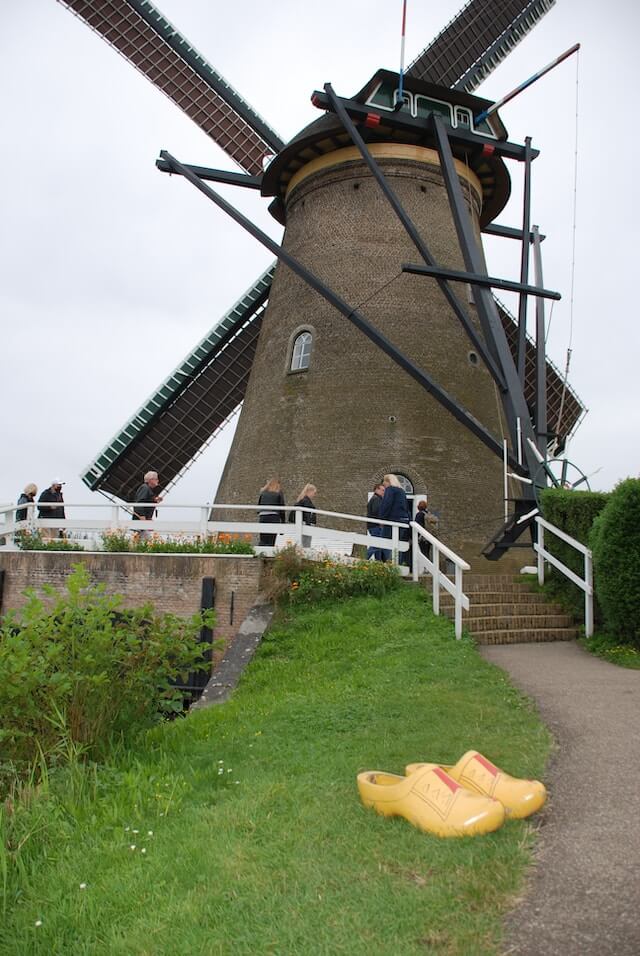
In the middle of the 18th century, there were more than 10,000 windmills in the Netherlands, so the country was also known as the "Kingdom of Windmills". However, most of them were replaced by electricity, and there were less than 1,000 original windmills left. During World War II, the German army took away all the diesel reserves, which made the windmills work again and solved the drainage problem of the local polder.
Even today, more than 300 windmills are kept in working order in case a pumping station is unable to drain due to a power outage or disaster. The Netherlands has also designated the second Saturday of May as "Windmill Day", a day when all the windmills in the country are turned up.

